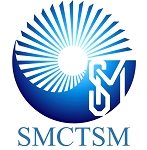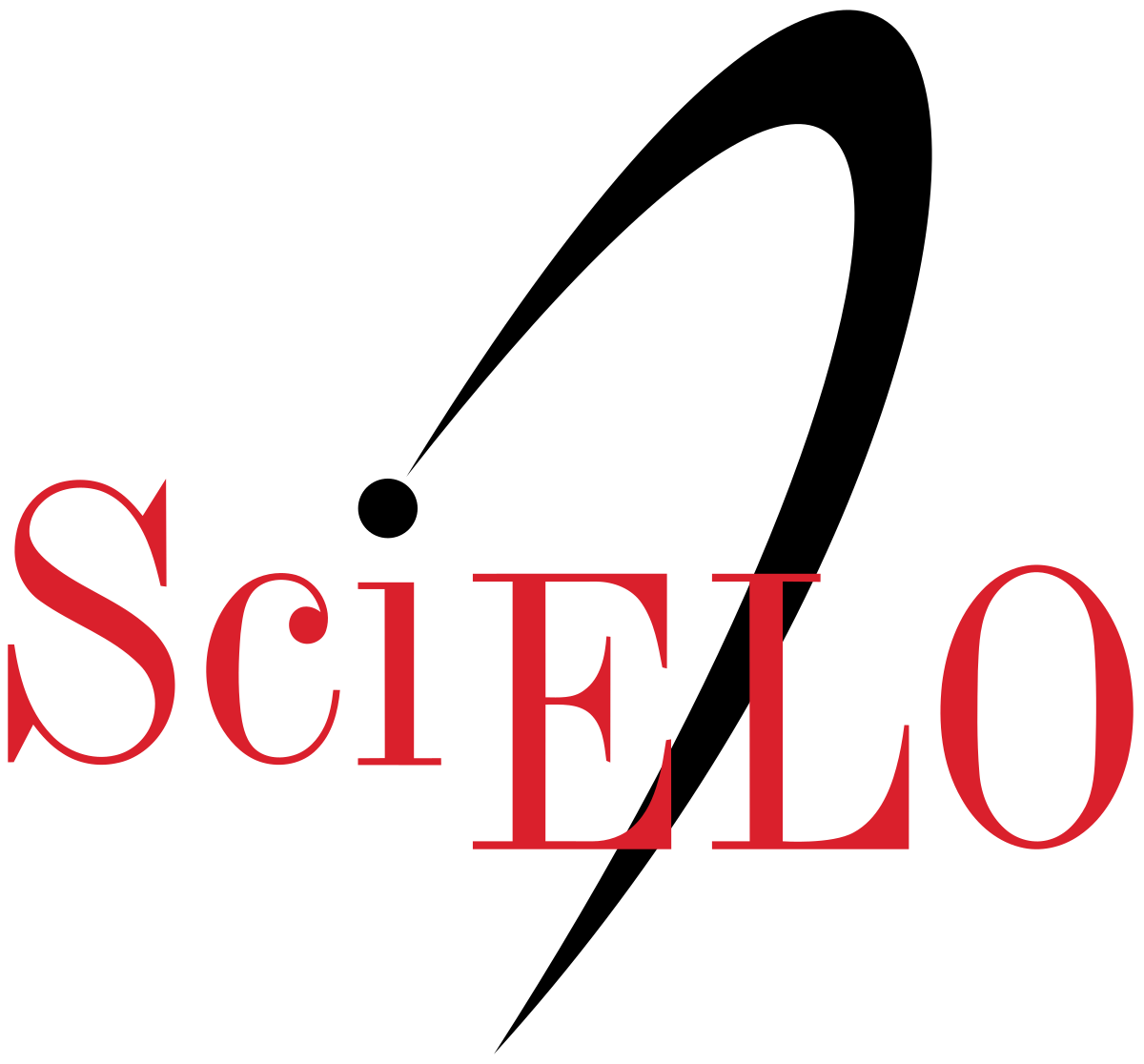Analysis of MEMS structures to identify their frequency response oriented to acoustic applications
Keywords:
MEMS, Natural frequency, Cochlea, Frequency response, AcousticsAbstract
Micro-ElectroMechanical Systems (MEMS) structures as well as all physical objects have a natural frequency or frequencies at which they react with a vibration. The natural frequencies depend on both the mass and rigidity of the structure. In this paper the frequency responses of some MEMS structures are analyzed based on the physical parameters of the materials. The design of the analyzed structures is aimed to identify the frequency components of a multi-tone acoustic signal. Specifically the designed structures are meant to be part of an electromechanical spectrum analyzer that emulates the behavior of a human cochlea. Harmonic analysis of the structures is carried out using ANSYS Workbench software. The importance of this work is to validate the use of ANSYS tools for the design of these devices, since for practical purposes the results are very accurate; however, the mathematical design can become very complex due to the geometry of the structures.
References
P. Dallos, A. N. Popper, Richard R. Fay. The Cochlea, Springer, 1996.
F. A. Everest, K. C. Pohlmann. Master Handbook of Acoustics, McGraw-Hill, 2009.
H Duifhuis. Cochlear Mechanics, Springer, 2012.
B. Balachandran, E. B. Magrab.Vibrations, CENGAGE Learning, 2003.
N. Maluf, K. Williams. An Introduction to Microelectromechanical Systems Engineering, Artech House, Inc., 2004.
Lahoucine Elmaimouni, Jean-Etienne Lefebvre, Faniry Emilson Ratolojanahary, Jiangong Yu, Antoine Raherison, Hamid Zidouh, Julien Carlier, Tadeusz. Gryba, Piezoelectric MEMS: Harmonic and Modal Analysis Response of Resonators Hollow Cylinder, International Conference on Complex Systems (ICCS), 2012, 1 – 6.
Warren C. Young, Richard G. Budynas. Roark’s Formulas for Stress and Strain, (McGraw Hill, 7th Edition, 2002).
Christina Leinenbach, Kathrin van Teeffelen, Franz Laermer, Helmut Seidel, A new capacitive type mems microphone, IEEE 23rd International Conference on Micro Electro Mechanical Systems (MEMS), 659 – 662, 2010.
Javad Ahmadnejad, Bahram Azizollah Ganji, Arash Nemati, Design, analysis, and modelling of a MEMS capacitive microphone for integration into CMOS circuits, IEEE Asia Pacific Conference on Postgraduate Research in Microelectronics and Electronics (PrimeAsia), 186 – 190, 2013.
Chang Han Je, Jaewoo Lee, Woo Seok Yang, Jong-kee Kwon, A surface micromachined MEMS capacitive microphone with back-plate supporting pillars, IEEE Sensors, 1 – 4, 2013.
Sandia National Laboratories, SUMMiT V™ Design Manual, Albuquerque, New Mexico, USA, 2008.
WangGuanzhu, Zhou Guoqing, Yang Jiancheng, Guan Youping, Gong Wei, Zhang Hengcai, Modal analysis of high-speed spindle based on ANSYS, 7th International Conference on Computer Science & Education (ICCSE), 475 – 478, 2012.
Alexandre Bounouh, Denis Bélières, Harmonic analysis method for electromechanical characterizations of MEMS based energy harverters, Conference on Precision Electromagnetic Measurements (CPEM), , 82 – 83, 2012.
T. D. Rossing. Handbook of Acoustics, Springer, 2007.
Szilárd Jámborházi, István Hegedüs, Márta Rencz, Simulating and monitoring the resonant frequency of MEMS for failure detection and prediction, IEEE 16th International Mixed-Signals, Sensors and Systems Test Workshop (IMS3TW), 1 – 5, 2010.
MEMSCAP, PolyMUMPs Design Handbook, 1992 – 2005.
Downloads
Published
Issue
Section
License
©2025 by the authors; licensee SMCTSM, Mexico. This article is an open access article distributed under the terms and conditions of the Creative Commons Attribution license (http://creativecommons.org/licenses/by/4.0/).





